This article was medically reviewed by Jonas DeMuro, MD. Dr. DeMuro is a board certified Pediatric Critical Care Surgeon in New York. He received his MD from Stony Brook University School of Medicine in 1996. He completed his fellowship in Surgical Critical Care at North Shore-Long Island Jewish Health System and was a previous American College of Surgeons (ACS) Fellow.
There are 18 references cited in this article, which can be found at the bottom of the page.
This article has been viewed 30,024 times.
Salmonella infection is a common bacterial illness that affects a person’s digestive tract. The bacteria that causes Salmonella poisoning is usually transmitted by eating food that has been contaminated with animal waste, and most people tend to recover from the illness within a week or two with no lasting issues.[1] In some extreme cases, hospitalization may be required to help recover from salmonella due to immune system issues or severe dehydration.
Steps
Identifying Symptoms
-
1Take note of nausea and vomiting. Salmonella poisoning’s number one symptom is often nausea and vomiting. Because people often contract salmonella poisoning as a result of eating something contaminated with feces, your body’s natural response is to void the contents of your stomach.[2]
- Although nausea is the most common symptom of salmonella poisoning, there are a number of other ailments that may cause the same symptom.
- If you are vomiting, you will need to rehydrate, but avoid drinking water immediately after vomiting. This may promote more vomiting. Wait until you no longer feel nauseous to drink water. Just take small sips of water if you need to or suck on ice chips in the meantime.[3]
-
2Be aware of abdominal cramping and diarrhea. The next most prominent symptom of salmonella poisoning is abdominal cramping with coinciding diarrhea. Salmonella poisoning has the most significant effect on your bowels, and the repercussions of salmonella poisoning can take longer to subside in your stomach than anywhere else.[4]
- Like vomiting, diarrhea can dehydrate you. Dehydration can cause other medical issues or limit your body’s ability to recover from salmonella poisoning, so it’s important to stay hydrated.
- Having blood in your stool is also a common symptom of salmonella that may present itself in conjunction with diarrhea.
Advertisement -
3Look for fever and chills. Salmonella poisoning can cause your body temperature to rise. If you have a fever while experiencing other common symptoms of salmonella, it is likely that you are suffering from salmonella poisoning.[5]
- There is often a headache that coincides with salmonella poisoning, especially among those with a fever.
- Fevers can be worsened by dehydration, as your body’s ability to regulate your temperature is limited when you don’t have enough fluid in your body.
-
4Seek medical care if your fever gets too high. Most people with salmonella poisoning are able to recover on their own within a reasonable amount of time, but if the symptoms of salmonella become dangerous, it’s important to seek medical attention immediately.[6]
- If your fever exceeds 104 degrees Fahrenheit (40 degrees Celsius), seek immediate medical care.
- If you become dehydrated as a result of vomiting or diarrhea, and cannot tolerate taking liquids in, then you may need to be hospitalized to receive IV fluids.
Treating Salmonella Poisoning
-
1Make sure to hydrate. The most dangerous aspect of salmonella poisoning is its ability to dehydrate your body. Dehydration can cause a number of medical issues, exacerbate your fever, and hinder your body’s ability to combat the illness and get better. In order to avoid further complications related to salmonella, it’s important that you stay hydrated.[7]
- Drinking plenty of water and other fluids such as Gatorade, fruit punch and flat soda can help you recover from salmonella poisoning faster.
- If you are unable to keep fluids down, you may need to be hospitalized to receive IV fluids.
-
2Take anti-diarrhea medications. Your doctor may prescribe you anti-diarrhea medication like loperamide to ease issues with diarrhea and abdominal cramping. This may help you retain hydration levels, as your body will void much of its fluids through diarrhea otherwise. However, keep in mind that taking these medications can sometimes make your diarrhea last longer.[8]
- For many people, salmonella passes within a few days without the need to be prescribed any anti-diarrhea medication.
-
3Take anti-nausea medications. Like anti-diahrreals, medications designed to prevent you from vomiting can help curb the worst symptoms of salmonella poisoning and help you to stay hydrated until your body can recover.[9] 4
- Vomiting may be in your best interest in the first day of salmonella poisoning as it allows your body to get rid of any contaminated foods still in your stomach.
- These medications will not speed up your recovery, but instead make your condition more manageable while you recover.
-
4Know when to seek medical attention. Most people can recover from salmonella without any assistance from a doctor, but those who are very young or very old should seek medical attention early because their immune systems may not be strong enough to fend off the illness alone. Healthy adults may want to see a doctor if they exhibit any of the following symptoms:[10]
- Your symptoms persist for longer than a few days, you may need antibiotics to combat the bacteria.
- You begin to experience eye irritation, painful urination or joint pain.
- Your fever reaches 104 degrees Fahrenheit (40 degrees Celsius).
-
5Have your doctor prescribe antibiotics. In most cases of salmonella poisoning, the patient can recover on their own in a few days, but for patients with severely compromised immune systems, antibiotics may be the only way to fight off the illness. In some patients, antibiotics can actually prolong one’s salmonella poisoning, as well as the time frame in which they can infect others.[11]
- If the salmonella poisoning enters the bloodstream of an otherwise healthy patient, a doctor may prescribe antibiotics to assist in combating the illness as well.
- Studies have demonstrated that because of an increasing resistance to the traditional antibiotics used to treat salmonella, the bacteria are sometimes found in greater numbers in the stool of those prescribed them for longer than those who are not.[12]
-
6Get plenty of rest. Like most other illnesses, rest is an important part of recovering from salmonella poisoning. Giving your body plenty of rest will help give your immune system the chance it needs to speed you along to recovery.[13]
- Get plenty of sleep, and try to relax while awake during your recovery from salmonella poisoning.
- Sleep deficiency has been proven to limit a body’s ability to defend against bacterial or viral infections.
Preventing Salmonella Poisoning
-
1Cook your foods thoroughly. Most people contract salmonella poisoning from eating poultry, hamburger meat, or eggs that were not cooked sufficiently to kill all of the bacteria present. Food products produced by animals could be infected with salmonella by coming into contact with feces or the bacteria from it. Cooking your foods completely will kill that bacteria.[14]
- Be wary of foods that may contain raw eggs such as homemade salad dressings, cookie dough or ice creams.
- Make sure the meats you eat are cooked thoroughly and have no pink coloration.
-
2Wash your hands regularly. Washing your hands regularly can prevent you from transferring salmonella causing bacteria from dirty surfaces to your mouth or food that you are preparing. Make sure to wash your hands after you use the bathroom or handle raw food in particular.[15]
- Make sure to wash your hands thoroughly regularly throughout your day.
- Always wash your hands after using the bathroom, cleaning up pet feces, or coming into contact with birds or lizards to limit your chances of contracting salmonella poisoning.
-
3Keep your foods separate during preparation. If food that is already cooked or does not require cooking comes into contact with food that has not been cooked yet, you run the risk of cross contaminating salmonella bacteria onto the ready-to-eat foods. Avoid this by keeping food separate until you eat.[16]
- Do not place cooked foods back on to plates that once held raw foods.
- Do not use the same utensils while handling already cooked foods and raw foods.
-
4Avoid unpasteurized dairy products. Pasteurizing dairy products like milk and cheese eliminate much of the bacteria that can cause salmonella. Drinking or eating products that were not put through the pasteurization process increases your risk of contracting the illness.[17]
- Unpasteurized milk offers a level of risk very similar to that of eating raw meat.
-
5Be aware of food recalls. Occasionally food is recalled because of its exposure to dangerous viruses or bacteria. Keeping apprised when food gets recalled can help you ensure you don’t accidentally eat something that is known to be contaminated with a virus or bacteria like the one that causes salmonella.[18]
- You can find a comprehensive list of food recalls by the FDA here: https://www.fda.gov/safety/recalls-market-withdrawals-safety-alerts
- Most companies also publish press releases on their websites if they need to recall some of their products. You can check with specific companies if you’re concerned about food you don’t find on the FDA’s list.
-
6Protect others from infection. Salmonella infection is caused by exposure to the bacteria that causes it. If you have salmonella, you can help to ensure you don’t spread it to others by following a few simple guidelines:[19]
- Wash your hands regularly and especially after using the bathroom..
- Do not handle the food of others while infected with salmonella.
- Do not share glasses or utensils with others while infected with salmonella.
- Cover your mouth when you sneeze or cough.
References
- ↑ https://www.cdc.gov/salmonella/general/index.html
- ↑ https://www.cdc.gov/salmonella/general/salmonella-symptoms.html
- ↑ https://uhs.umich.edu//diarrheavomiting
- ↑ https://www.fda.gov/food/foodborne-pathogens/salmonella-salmonellosis
- ↑ https://www.ncbi.nlm.nih.gov/books/NBK8435/
- ↑ https://my.clevelandclinic.org/health/diseases/15697-salmonella
- ↑ https://patient.info/digestive-health/diarrhoea/salmonella#nav-5
- ↑ https://patient.info/digestive-health/diarrhoea/salmonella#nav-5
- ↑ https://familydoctor.org/antiemetic-medicines-otc-relief-for-nausea-and-vomiting/
- ↑ https://my.clevelandclinic.org/health/diseases/15697-salmonella
- ↑ https://www.cdc.gov/salmonella/general/diag-testing-salmonella.html
- ↑ https://www.cdc.gov/drugresistance/pdf/threats-report/nt-salmonella-508.pdf
- ↑ https://www.foodsafety.gov/food-poisoning/bacteria-and-viruses
- ↑ https://www.foodsafety.gov/blog/salmonella-and-food
- ↑ https://www.cdc.gov/salmonella/general/prevention.html
- ↑ https://www.health.state.mn.us/diseases/salmonellosis/prevention.html
- ↑ https://www.fda.gov/food/buy-store-serve-safe-food/dangers-raw-milk-unpasteurized-milk-can-pose-serious-health-risk
- ↑ https://www.fda.gov/safety/recalls-market-withdrawals-safety-alerts
- ↑ https://www.hopkinsmedicine.org/health/conditions-and-diseases/salmonella-infections
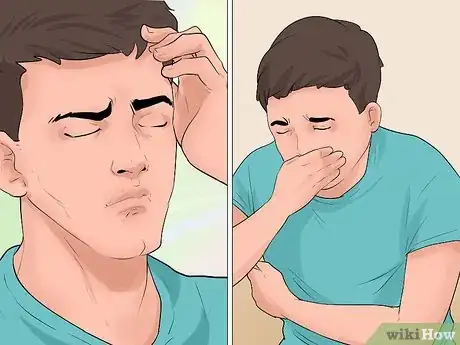
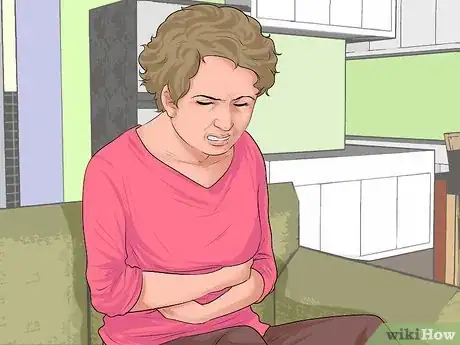



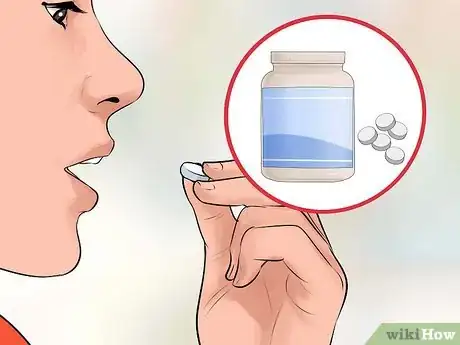
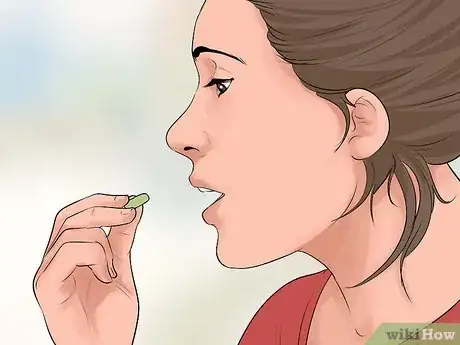
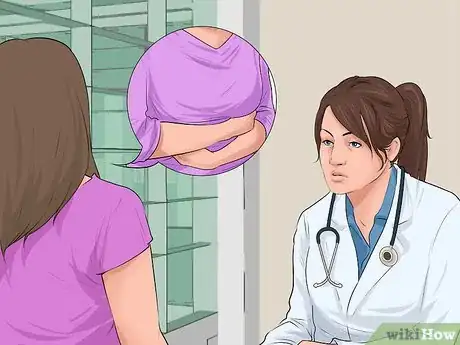
-Step-9.webp)


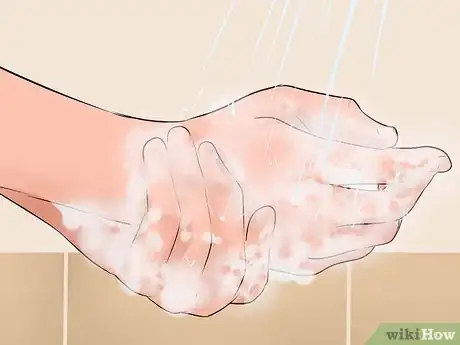
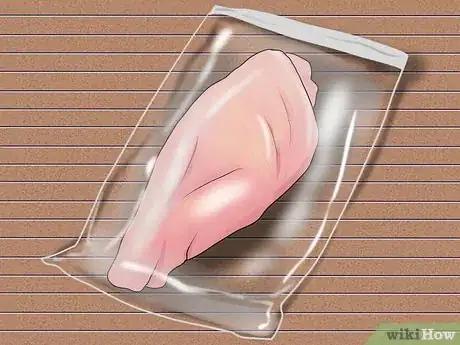
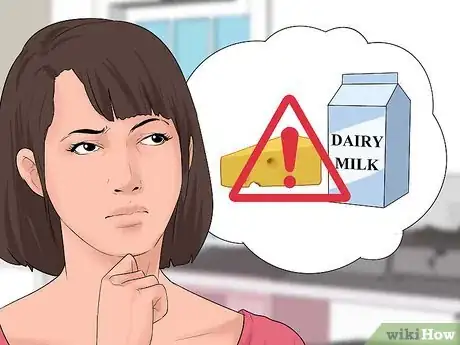

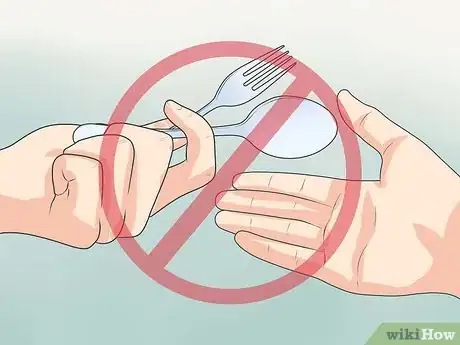





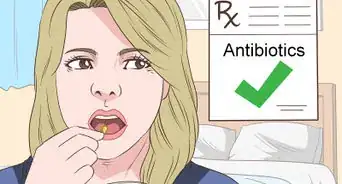
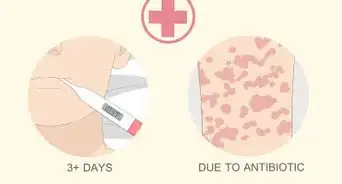





-Step-11.webp)














































Medical Disclaimer
The content of this article is not intended to be a substitute for professional medical advice, examination, diagnosis, or treatment. You should always contact your doctor or other qualified healthcare professional before starting, changing, or stopping any kind of health treatment.
Read More...